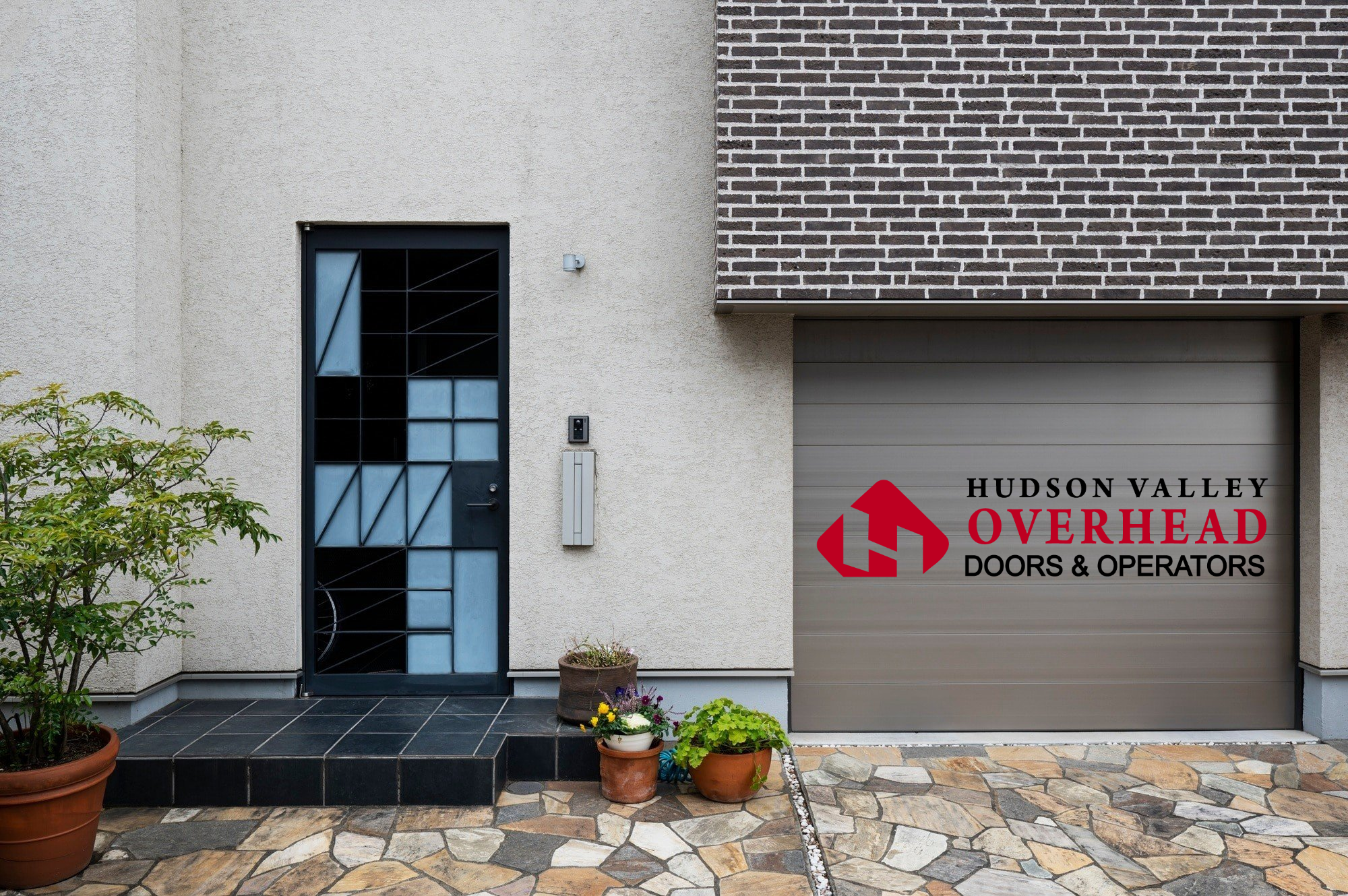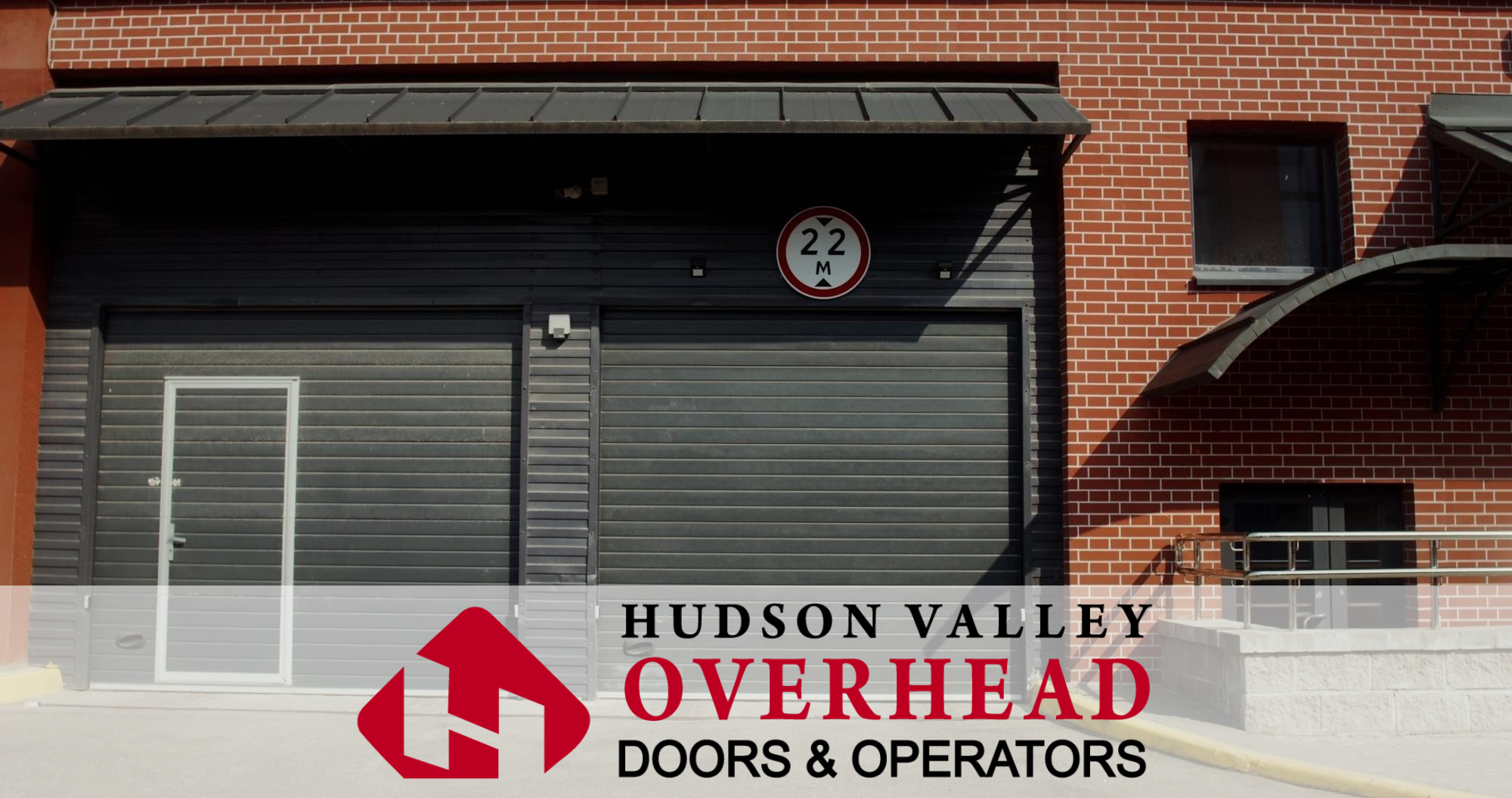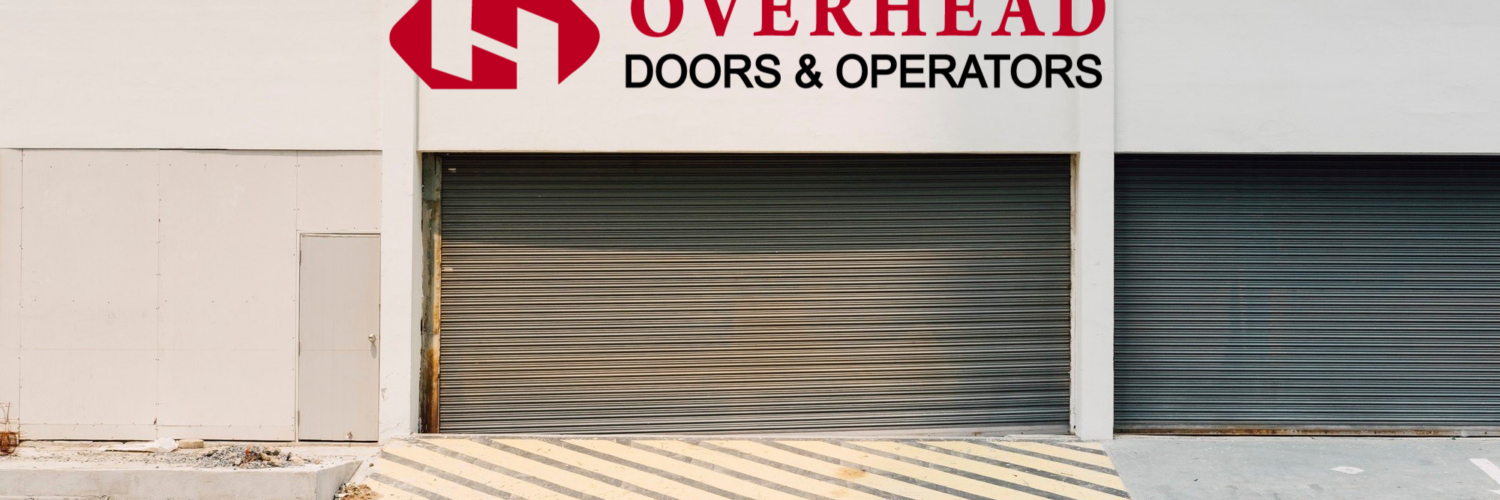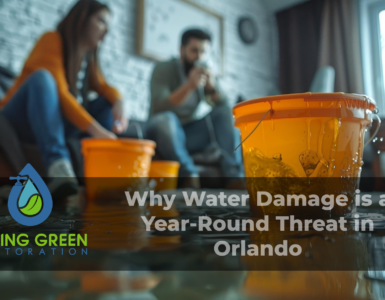Addressing Physical Vulnerabilities in Commercial and Retail Spaces
Commercial properties, particularly in retail sectors, remain high-risk targets for burglary, vandalism, and forced entry. These threats not only disrupt daily operations but can also result in significant financial losses, long-term reputational damage, and increased insurance premiums. As businesses strive to create open, welcoming storefronts to attract foot traffic, they often unintentionally expose themselves to heightened security risks after hours.
Roll-up gates, often overlooked in broader security strategies, provide a crucial first layer of defense. These barriers are not only durable and cost-effective but also customizable to suit the aesthetic and operational needs of retail and commercial tenants. When integrated into a comprehensive security plan, roll-up gates can deter would-be intruders, reduce liability, and help property managers maintain compliance with local safety ordinances.
As crime rates continue to fluctuate and economic uncertainty drives opportunistic threats, physical fortification has re-emerged as a primary concern for commercial real estate developers, facility managers, and small business owners across regions such as Dutchess County, NY. In areas experiencing growth or gentrification, the need to protect high-value inventory and ensure tenant safety is more pressing than ever. Whether it’s a standalone storefront, a strip mall, or a mixed-use complex, investing in robust physical barriers like roll-up gates demonstrates a proactive approach to risk management, one that resonates with stakeholders and insurers alike.
The Mechanical Advantage of Roll-Up Gates
Design and Composition
Roll-up gates are vertically operating steel or aluminum barriers engineered to retract into a compact overhead housing when opened. This space-saving configuration makes them an ideal choice for commercial environments where both security and efficiency are paramount. Their structure offers several distinct advantages over traditional swing or sliding doors:
- Durability: Constructed from interlocking slats, roll-up gates can withstand substantial force without warping. This makes them exceptionally resilient in the face of attempted break-ins, harsh weather, and everyday operational wear.
- Compact Footprint: They require minimal horizontal clearance, optimizing floor space. For retail operations or warehouses where every square foot counts, the ability to maximize usable area without sacrificing security is a critical advantage.
- Tamper Resistance: With internal tracks and a concealed mechanism, tampering becomes exponentially more difficult. Unlike exposed hardware found on traditional gates, roll-up gates offer few accessible vulnerabilities for intruders to exploit.
Hudson Valley Overhead Doors & Operators, recognized for its regional expertise, frequently references these structural benefits in property risk assessments. Whether assessing small storefronts or larger commercial facilities, the company consistently underscores the functional integrity and long-term value of roll-up gate systems in enhancing physical security.

Integration with Building Systems
Modern roll-up gates integrate with alarm systems, surveillance technology, and automatic garage door openers. This integration supports seamless connectivity between physical access controls and digital security infrastructure, allowing business owners and facility managers to respond quickly to potential threats.
These capabilities enhance responsiveness to intrusion and allow centralized security monitoring. When a roll-up gate is triggered, either manually or through remote access, system-wide alerts and video surveillance can be activated in real time. This not only minimizes the risk of unauthorized entry but also helps capture incident data for insurance or law enforcement purposes.
Additionally, testing safety reverse systems during installation or maintenance ensures compliance with national safety protocols outlined by the Consumer Product Safety Commission. Regular inspections and testing of these mechanisms are essential to prevent accidental injuries and to meet OSHA and ADA requirements, especially in high-traffic commercial zones.
As building codes evolve and insurers demand stronger documentation of risk mitigation measures, roll-up gates continue to demonstrate their value not only as physical deterrents but as integral components of modern, code-compliant building systems.
Security-Driven Use Cases in Retail Environments
Standalone Storefronts
Roll-up gates are particularly effective in standalone retail stores or high-visibility strip malls. These locations are especially susceptible to after-hours security risks due to their direct street access and visibility. When closed, roll-up gates serve as both a physical barrier and a psychological deterrent. Their imposing presence discourages opportunistic theft and communicates that the premises are professionally protected.
Beyond physical protection, many roll-up gate models include vision panels or perforated slats that allow limited visibility without sacrificing strength. This feature is especially important for businesses that rely on window displays and brand recognition. Retailers can showcase select inventory even after hours while maintaining a robust security posture. This balance of security and customer transparency supports marketing efforts while deterring tampering or smash-and-grab attempts.
In areas with high foot traffic or tourism, such as local downtown strips, roll-up gates enable businesses to protect assets without detracting from the surrounding aesthetic. Powder-coated finishes, custom colors, and signage integration further enhance the gate’s visual compatibility with storefront branding.
Interior Mall Entrances
In enclosed shopping centers, roll-up gates secure individual retail units after hours. These gates are typically installed behind or in front of glass storefronts to reinforce layered security. Their vertical operation makes them ideal for areas with limited space or architectural constraints.
These are often installed in tandem with commercial garage door systems that control access to receiving areas, garbage collection points, and service corridors. Coordinating roll-up gates across public-facing entrances and back-of-house zones allows mall operators to maintain tight access control throughout the entire facility.
The ability to integrate these gates with automated systems and facility-wide alarms ensures that mall tenants benefit from centralized monitoring and responsive threat detection. In emergencies or lockdown scenarios, these systems can be deployed instantly to isolate incidents and protect employees and patrons.
Mall management companies also value the low maintenance and longevity of roll-up gates, which can be configured to meet fire safety codes and ADA accessibility requirements. This is especially important for larger retail environments with multiple tenants relying on uniform security protocols.
Mixed-Use Developments
Mixed-use properties in areas like Spencertown benefit from combining retail and residential design standards. These environments often present complex architectural and regulatory challenges, requiring solutions that are both secure and visually harmonious. In such cases, roll-up gates offer flexible solutions that do not conflict with aesthetic mandates.
Custom-fabricated roll-up gates can blend with storefront materials like glass, wood, or steel while maintaining compliance with safety regulations. This design versatility allows property developers and HOAs to preserve the architectural integrity of the space without compromising on tenant security.
This has led to increasing demand for Spencertown garage doors that meet both safety and zoning requirements. In particular, roll-up gate systems are being requested not only by business owners but also by residential tenants who require controlled access to underground garages, loading bays, or shared utility zones.
Incorporating roll-up gates into mixed-use developments supports long-term property value by reducing the risk of liability, break-ins, and property damage. It also simplifies facility management, as gate systems can be tied into existing building access platforms used for keyless entry, visitor management, and emergency alerts.
Code Compliance and Fire Safety
Compliance with local and state building codes is critical for all commercial security upgrades. Not only does adherence help avoid fines and project delays, but it also plays a pivotal role in protecting life and property. For property owners and managers undertaking physical security enhancements, understanding the legal framework surrounding commercial garage door systems is essential.
According to New York State building code, commercial garage door systems including roll-up gates must meet strict guidelines on wind resistance, fire integrity, and accessibility. These regulations exist to ensure that structural barriers like gates do not become hazards themselves during emergencies or extreme weather conditions. Wind resistance ratings are particularly relevant in regions prone to seasonal storms or unpredictable weather patterns, as improperly rated gates can become dangerous debris or fail under pressure.
The International Code Council maintains these standards, which are frequently updated to reflect new risk assessments and building innovations. Staying current with these updates is crucial, especially for contractors and facility managers overseeing multi-tenant or high-occupancy buildings. Non-compliance may not only invalidate insurance coverage but could also lead to civil liability in the event of injury or property damage.
Some roll-up models are fire-rated and designed to close automatically during emergencies, a function that protects interior spaces from smoke and flame spread. These fire-rated roll-up gates are often installed in corridors, loading docks, or service areas that connect to critical escape routes or flammable storage zones. Their automatic closure mechanism is typically triggered by a building’s fire alarm or heat detection system, helping to compartmentalize a fire and slow its progression.
Facility executives must ensure routine inspections of these systems are documented and aligned with NFPA fire safety standards. Specifically, NFPA 80 provides clear directives on the installation, inspection, testing, and maintenance of fire doors and other protective openings, including rolling fire-rated doors. Regular documentation of compliance is not only a best practice but may also be required by local fire marshals and insurance underwriters.
Proper code compliance adds significant value to commercial properties. It supports tenant safety, reduces liability, and builds trust with stakeholders including investors, occupants, and municipal inspectors. When integrated with broader safety planning, code-compliant roll-up gates become not just a security asset, but a life-safety investment that protects both people and infrastructure.
Mitigating Liability and Insurance Risk
Insurance providers often evaluate the presence and condition of physical security measures before underwriting commercial property policies. The inclusion of reinforced access control systems, such as roll-up gates, signals to insurers that the property owner is taking measurable steps to reduce exposure to risk. As a result, the installation and upkeep of roll-up gates can positively influence policy terms, reduce premiums, or improve the likelihood of claim approval following an incident.
Properly maintained roll-up gates reduce potential liability, deter trespassing, and support claims of proactive risk management. For example, gates that are visibly well-maintained and equipped with tamper-resistant features can discourage unlawful entry or vandalism, two leading contributors to insurance claims in retail and light industrial sectors. In addition, facilities with reliable roll-up gate systems are better prepared to mitigate loss or downtime after a security breach, thereby strengthening their overall risk profile.
Hudson Valley Overhead Doors & Operators has cited examples where consistent garage door maintenance and realignment directly influenced insurers’ decisions to extend or enhance coverage for small warehouse properties. In these cases, documented service records and timely repairs demonstrated a commitment to safeguarding the premises, resulting in favorable assessments by underwriting agents. This is especially impactful for businesses in high-theft zones or operating with valuable inventory, where loss prevention strategies directly affect the bottom line.
By aligning physical security infrastructure with risk management strategies, businesses not only protect assets but also enhance their standing with insurance providers often leading to better terms, broader coverage, and faster claims processing.
Maintenance and Emergency Access Considerations
Roll-up gates must be subject to routine commercial garage door maintenance to avoid mechanical failure. Preventative maintenance plays a vital role in extending the lifespan of the system and ensuring reliable operation during critical times, such as power outages, deliveries, or emergency evacuations.
Common interventions include:
- Tension spring calibration: Necessary to maintain smooth, balanced movement and prevent motor strain.
- Opener repair and alignment: Ensures responsive control, eliminates unnecessary wear, and supports integration with access systems.
- Emergency unlocking systems for fire/rescue: Critical for allowing rapid manual override in the event of a power failure or building evacuation.
Facilities in Dutchess County are increasingly incorporating scheduled inspections into broader maintenance plans, ensuring continuity during power outages or mechanical lock-ups. This proactive approach reduces the risk of operational disruptions and helps facilities remain compliant with fire and safety regulations.
In colder climates, thermal expansion and contraction may also necessitate additional service calls to preserve gate alignment. Fluctuating temperatures can cause metal components to expand or contract, potentially interfering with track alignment, motor timing, or locking mechanisms. Without timely adjustments, these issues can escalate into more costly repairs or operational downtime.
Regular maintenance not only preserves functionality but also reinforces the integrity of associated security features like sensors, alarms, and automation systems. For multi-tenant or industrial sites, a well-maintained roll-up gate system is essential to maintaining security, safety, and operational continuity year-round.
Warehouses and Logistics-Focused Properties
Industrial-grade roll-up gates are indispensable in logistics hubs and distribution centers. These environments demand high-performance access solutions that can endure continuous use, adapt to evolving operational needs, and safeguard valuable inventory. Roll-up gates in these settings play a dual role fortifying physical security and streamlining logistical efficiency.
Here, theft prevention overlaps with operational continuity. Any disruption caused by unauthorized access, gate malfunction, or mechanical delay can have a cascading effect on order fulfillment, employee productivity, and customer satisfaction. For logistics-focused properties, maintaining secure and functional roll-up gate systems is essential to preserving supply chain integrity and avoiding costly downtime.
Gate downtime not only exposes facilities to risk but also disrupts supply chains and inventory integrity. With just-in-time delivery models becoming the norm, even minor delays at access points can result in missed deadlines, contract penalties, or spoilage particularly in food, pharmaceutical, or climate-sensitive goods. As a result, facility managers are placing increasing emphasis on uptime guarantees, redundancy plans, and remote diagnostics for all entry systems.
Automated gate systems with integrated remote monitoring enable round-the-clock oversight. This real-time connectivity allows security personnel or operations managers to track gate status, receive alerts for unauthorized activity, and initiate remote lock or unlock functions as needed. For 24/7 facilities, this continuous visibility ensures that every shipment, driver, or service provider can be verified and documented without on-site intervention.
Additionally, these systems support Occupational Safety and Health Administration (OSHA) compliance when equipped with motion sensors and light curtains to prevent injury during loading/unloading. OSHA regulations mandate that all powered industrial doors must include safety reversing mechanisms to protect workers from entrapment or impact injuries. Roll-up gates that integrate safety edge sensors, audible alarms, and photoelectric barriers meet these standards while reducing legal exposure and workers’ compensation claims.
For facilities operating high-speed logistics operations or heavy equipment zones, these safety features are not optional; they’re foundational. Many insurers and corporate auditors now require documentation of OSHA-compliant gate systems as part of broader safety audits and risk assessments.
Investing in industrial-grade roll-up gates not only enhances on-site security but also aligns with the performance demands of modern distribution networks. Their reliability, automation capabilities, and safety integrations make them an essential asset for any operation where speed, precision, and protection are non-negotiable.

Regional Crime Trends and Localized Security Response
Dutchess County, like much of the Hudson Valley, has seen cyclical increases in property-related crime. These upticks, driven by a combination of economic stressors and opportunistic behavior, often center on vulnerable commercial zones, particularly those with outdated infrastructure or minimal physical security measures. Small retail outlets, industrial storage sites, and service-oriented storefronts have been among the most frequently targeted.
Local enforcement agencies have flagged commercial properties with unsecured rear access points and outdated garage door safety standards as frequent targets. These entryways, often located behind alleys, delivery zones, or minimally lit service corridors, present easy opportunities for intruders looking to bypass front-facing surveillance systems. In many incidents, forced entry occurred through doors that lacked reinforced barriers or modern locking mechanisms, making them susceptible to crowbar prying or mechanical tampering.
In response, developers are increasingly mandating roll-up gate installation in both new builds and retrofits. Roll-up gates offer not only structural resistance but also the psychological impact of a hardened perimeter, a visible deterrent to unauthorized entry. With many commercial zones now undergoing revitalization, the integration of high-security roll-up gates has become a prerequisite for tenant agreements, municipal approvals, and insurance underwriting.
Commercial entities evaluating Dutchess County property security solutions often consult industry experts to audit current entry points and recommend targeted upgrades. This process typically includes a thorough review of existing door systems, access patterns, and lighting conditions. Experts also assess code compliance and the potential need for automation, surveillance integration, or remote monitoring capabilities.
Hudson Valley Overhead Doors & Operators has participated in numerous advisory sessions for regional planning boards and insurance forums. These engagements have helped shape security recommendations for new commercial developments and informed public discussions on crime prevention infrastructure. Their team has been instrumental in identifying trends, showcasing product innovations, and reinforcing the importance of proactive physical security in commercial design.
As Dutchess County continues to evolve, localized security response strategies must remain dynamic. Combining real-time crime data, expert consultations, and strategic installations such as roll-up gates ensures that businesses are not only reacting to current threats but are also anticipating future vulnerabilities.
Summary of Best Practices for Secure Installations
- Conduct a professional audit of all entry points, including rooftop access and rear delivery zones.
- Verify that roll-up gates meet or exceed New York State safety and fire compliance standards.
- Integrate garage door openers with facility-wide security systems for centralized control.
- Establish a quarterly maintenance routine to test reverse systems, springs, and locking mechanisms.
- Document all emergency repairs, realignments, and gate testing procedures for liability records.
The Evolving Role of Physical Barriers in a Digital Security Age
While cybersecurity often dominates safety conversations, physical security remains foundational to property protection. As retail and industrial operators invest in sensor networks and smart locks, roll-up gates continue to serve as the unbreachable baseline, a final physical checkpoint before intrusion.
Facility decision-makers should recognize the interdependence of digital and mechanical security solutions. Consulting with experienced professionals, such as the team at Hudson Valley Overhead Doors & Operators, ensures that any roll-up gate system installed functions as an integrated part of the overall security posture.
Forward Outlook
With building codes evolving and the commercial real estate market facing renewed pressures from both economic and environmental threats, physical security solutions will likely see continued innovation. Roll-up gates, bolstered by automation, remote diagnostics, and improved compliance tracking, will remain at the forefront of secure infrastructure planning for retail and industrial properties alike.





